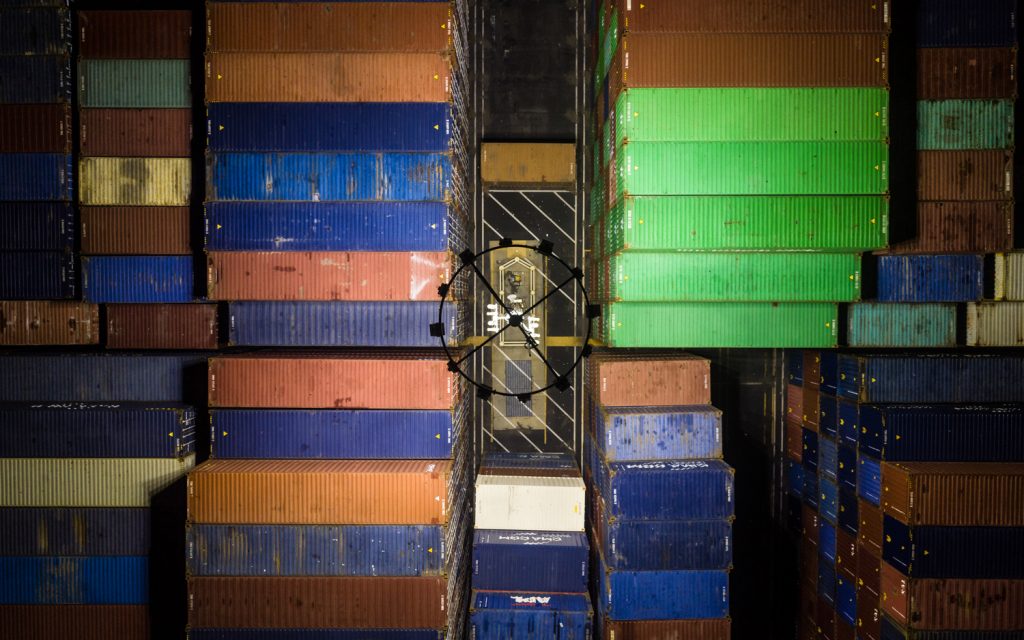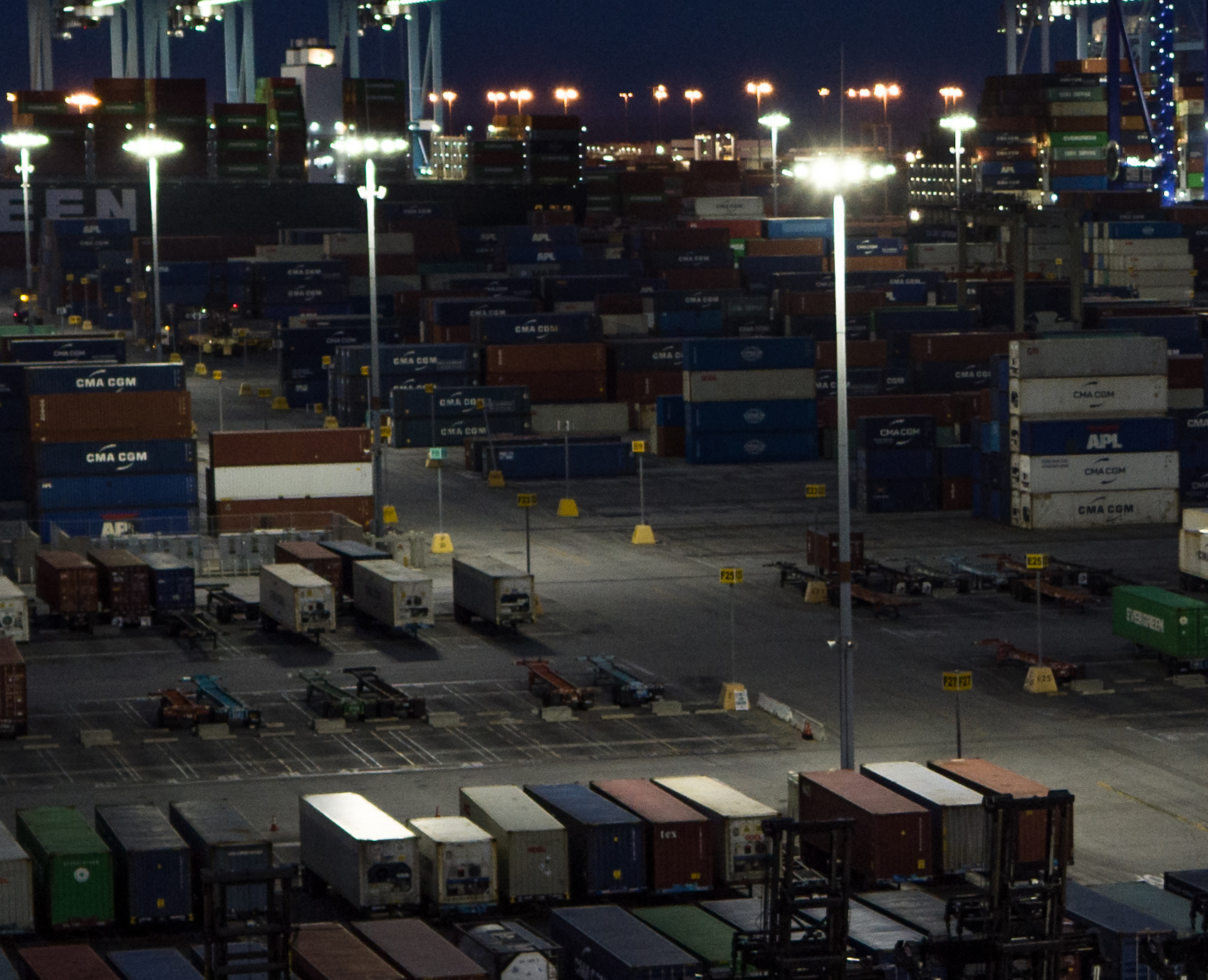During my first year as Midstream’s Maritime Manager, there has been a major shift in how port and terminal operators are reviewing their operations. The drivers? Put simply, this is down to tackling two significant challenges – improving both sustainability and resilience. The net result is a growing demand for energy efficient, robust and high-quality lighting.
While the primary reasons for investing in lighting are still focused on providing safe and efficient operations, over the last 12 months, improving the sustainability and resilience of operations are starting to come to the fore. And, this isn’t going to go away any time soon.
Developing a brighter, sustainable future
As seen at COP26, every element of our global supply chain is being scrutinised, with the pressure to decarbonise also becoming more multifaceted from across consumer, commercial and political groups. Aside from this, there is a greater acceptance on a personal level that it’s simply the right thing to do to protect our planet. Everyone is under the spotlight and with lighting accounting for around 5% of global emissions, it is one area where we are seeing greater re-evaluation.
The relationship between high performing LED lighting and sustainability is something that Midstream has been advocating for some time and it’s an area that our team is particularly passionate about. Through working in partnership with customers to slash energy output (for example, improving energy efficiency by up to 70%) and thereby tangibly reduce carbon emissions whilst ensuring the best quality lighting provision, we can make a significant contribution to improving the environmental performance of ports and terminals. As a fundamental part of the global supply chain, the decarbonisation of ports and terminals, will in some way impact us all.
Supply chain shocks – the port and terminal sector’s ‘new normal’
In parallel, owners, operators, shippers and governments, are looking to find new ways to manage record breaking congestion in ports and terminals. The disruption has caused huge economic ripple effects and whilst most of the congestion has been caused by issues further up the supply chain, it has also highlighted the need for ports to find ways to provide the efficiency and resilience required to manage these ‘shocks’. Especially with congestion forecasted to become more frequent and severe. Alongside this, owners and operators are facing a juggling act to drive efficiency measures, such as managing just in time operations, that can potentially compromise resilience without the necessary support in place.

We are seeing steps to address this, for example, UN agency UNCTAD launched a course to build port resilience against pandemics, while President Biden recently announced a set of steps to speed up investment across US ports, waterways and freight networks as part of a $1.2trn bipartisan infrastructure bill. Measures laid out by the US government include grants for new construction projects and port infrastructure. However, whilst such initiatives are encouraging, not only do such government incentives need to be more widespread and carefully targeted, but the success will be realised by the implementation.

A new outlook for lighting
The new global challenges are bringing about fresh opportunities for those who can find the right solutions. At Midstream we are pleased to be having more conversations with companies who are shedding legacy approaches and looking to innovate to shape a better future. We look forward to having even more of those discussions during 2022.
To summarise the last 12 months, 2021 has been the year that port lighting has started to be seen as an increasingly strategic tool. In 2022 we predict that LED lighting will continue to have a bigger impact on helping to fulfill the ambitions of more sustainable and resilient ports.
